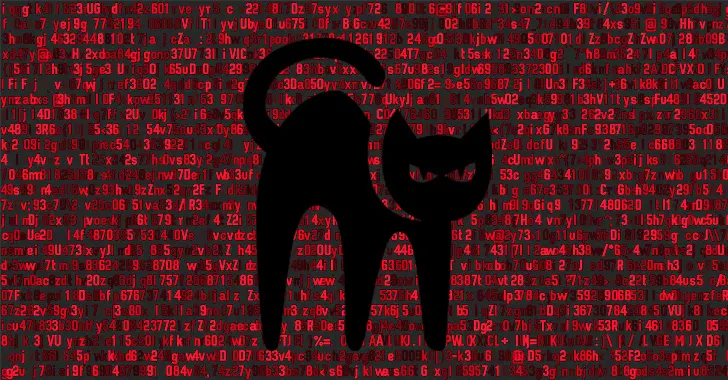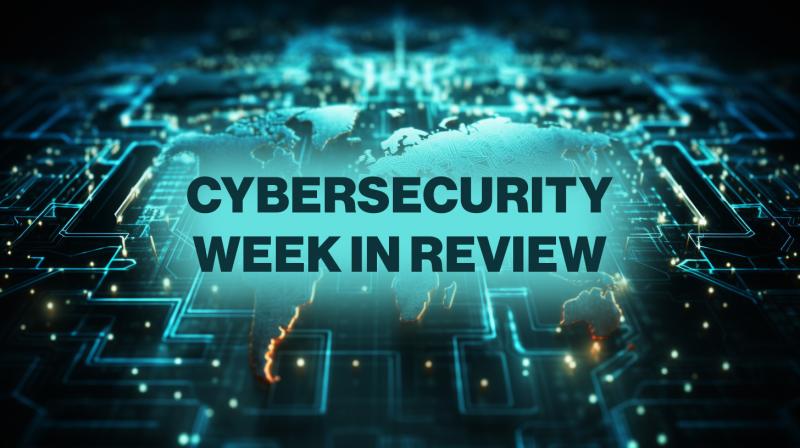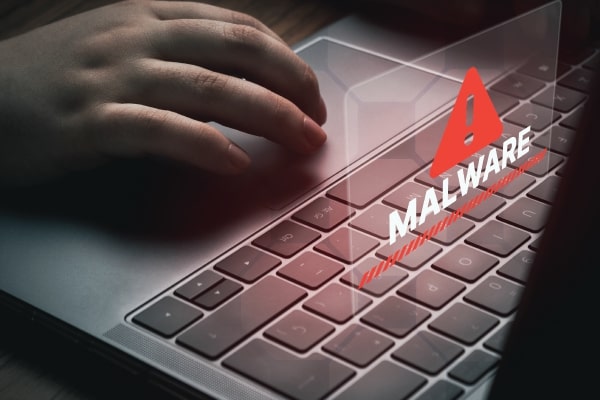BlackCat (ALPHV) — Ransomware’s Fall and the Clones That Followed
BlackCat (ALPHV) pushed ransomware evolution: polished extortion flows, strong encryption, and a mature affiliate model. This post dissects its internals, TTPs, detection artefacts, and the wave of copycats that followed its takedown.

BlackCat (aka ALPHV) was a commercially engineered ransomware family that combined performance, modularity, and a mature affiliate marketplace. Its developers focused on speed, reliable cross-platform encryption, and double/extortion pressure. In late 2024–2025 activity splintered into multiple clones and imitators. This post dissects the architecture, encryption design, deployment tradecraft, forensic artefacts, network behaviour, and practical detection/remediation steps for defenders.
1. Background & Why It Mattered
BlackCat arrived as a natural evolution from earlier ransomware families (REvil, Conti). It was notable for:
- Modularity & configurability: operator-friendly builders allowed affiliates to customize payloads and encryption parameters.
- Multi‑platform support: Windows, Linux, and ESXi-aware modules.
- Speed & efficiency: optimized file traversal and multi‑threaded encryption.
- Extortion model: polished leak sites and negotiation playbooks.
Because it married strong engineering with an aggressive affiliate program, it became one of the most impactful families of 2022–2024. Even after disruptions, the code patterns and tradecraft persisted, spawning clones and forks.
2. Operator Playbook — End‑to‑End Flow
- Initial Access — credential theft, spear‑phish, or edge exploitation (VPN, Citrix, Confluence).
- Privilege Escalation — token theft, LSASS scraping, BYOVD to kill EDR.
- Discovery & Lateral Movement — AD enumeration, share mapping, PsExec/SMB/WinRM pivots.
- Data Theft — exfil to cloud buckets or leased VPS before encryption.
- Impact — mass encryption + backup destruction + extortion channel.
Two deliberate design choices stand out: steal first, encrypt second (pressure insurance and incident timelines) and fail‑safe encryption speed to outpace human responders.
3. Technical Anatomy
3.1 Payload Layout (Windows)
A typical post‑access kit includes:
svc.exe— primary encryptor.config.bin— AES‑encrypted config blob.RECOVER-FILES.txt— ransom note per directory.- Optional service wrapper for persistence during pre‑staging.
3.2 Cryptographic Design
- Per‑file AES‑256 with a random key per file.
- Key wrapping with embedded RSA‑4096 public key.
- Metadata footer stores victim/build IDs and nonce data.
- Parallel workers prioritize high‑value extensions (DBs, VM images).
3.3 Anti‑Analysis
- Environment probing (sandbox, virtualization artifacts).
- Privileged service creation to bypass user prompts.
- Controlled file skipping to keep hosts bootable (avoid bricking).
3.4 Linux / ESXi
Variants stop VMs, remove snapshots, and encrypt VMFS/VDI disks; statically linked crypto avoids on‑host lib mismatches.
4. Forensic Artefacts
Disk
- Ransom notes across shares and local volumes.
- Dropped binaries in
C:\Windows\Temp\,%ProgramData%\, or%AppData%. - Evidence of shadow copy deletion:
vssadmin delete shadows /all /quietand WMI/PowerShell equivalents.
Memory
- Injected threads in
svchost.exe/explorer.exe. - RSA public key material in heap; search for
BEGIN PUBLIC KEYor large base64 blocks. - IO worker threads with sustained high file I/O.
Logs
- Event ID 4688/1 (process creates) for encryption kickoff.
- Sysmon network and file create events spiking around the same minute.
- Proxy/gateway logs showing high egress prior to encryption (exfil).
5. Network Behaviour & IOCs (Patterns)
- HTTPS C2 on leased VPS / CDN fronting; rotating subdomains.
- Distinct JA3/JA4 TLS fingerprints per build line.
- POST endpoints like
/upload,/api/submit, or custom short paths. - Negotiation portals on Tor or bulletproof hosting.
Treat IOCs as patterns; focus on behaviours: high outbound POST volume, short SNI lifetimes, and TLS renegotiation quirks rather than single IPs.
6. Detection Strategies (Practical)
Endpoint
- Alert on mass extension changes and burst file writes by a single PID.
- Watch process lineage: untrusted binary →
vssadmin,wbadmin,wmic,bcdedit. - Hook on creation of ransom note filenames; kill‑switch if found in >N directories within M minutes.
Network
- Egress allow‑listing for servers that may never legitimately upload GBs of data.
- JA3 watchlists for known ransomware operator kits.
- DNS analytics for high‑entropy subdomains with low TTLs.
Deception
- Honey‑shares and decoy files to trip early reads/writes.
- Canary credentials and fake backups to detect reconnaissance.
7. Response Playbook
- Isolate quickly (switch port / EDR network containment).
- Capture memory first (encryption keys, live threads).
- Preserve logs and artifacts (hash images, export Sysmon/Event logs).
- Scope the blast radius (accounts, scheduled tasks, group changes).
- Credentials & tokens — revoke, rotate, and invalidate SSO refresh tokens.
- Restore from offline/immutable backups; verify integrity before reconnecting.
- Post‑incident hardening — fix the access vector, review egress, and test detection rules.
8. Hardening Checklist (Copy‑Paste)
- Enforce MFA everywhere, especially admins/VPN.
- Network segmentation between endpoints, DCs, and backups.
- Immutable/offline backups; frequent restore drills.
- Block remote admin tools from non‑admin workstations.
- Turn on Attack Surface Reduction rules; restrict WMI/PowerShell remoting.
- Ship Sysmon with tuned rules for file I/O spikes and shadow copy tampering.
9. Clones & Successors
BlackCat’s engineering patterns seeded multiple rebrands and copycats. Expect continued split‑stage operations (exfil then encrypt) and negotiation‑as‑a‑service offerings. Hunting should emphasize the behaviours above rather than one family’s signature.
10. Hunt & Rules Snippets
Sigma (vss tamper):
title: VSS Tampering Likely Ransomware
status: experimental
logsource: windows
detection:
sel:
EventID: 4688
CommandLine|contains|all:
- "vssadmin"
- "delete"
- "shadows"
condition: sel
level: high
YARA (note marker heuristic):
rule Ransom_Note_Generic_BlackCatLike
{
strings:
$a = "RECOVER-FILES" ascii nocase
$b = "How to restore" ascii nocase
condition:
1 of ($a,$b)
}
11. Final Thoughts
BlackCat professionalized the affiliate ransomware model. The real lesson for defenders is not a single family name, but the repeatable blueprint: rapid exfiltration, burst encryption, and slick negotiations. Build controls that break that blueprint — constrain lateral movement, watch the file system for bursts, and keep backups beyond reach.


